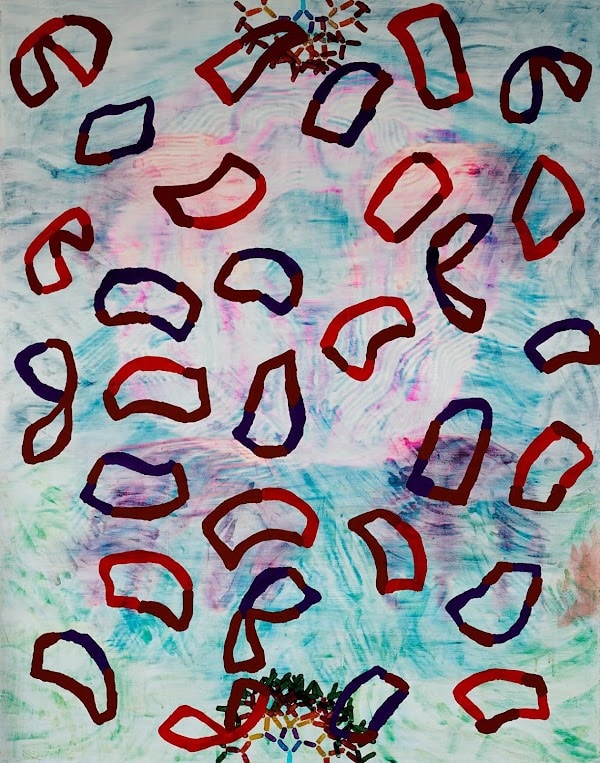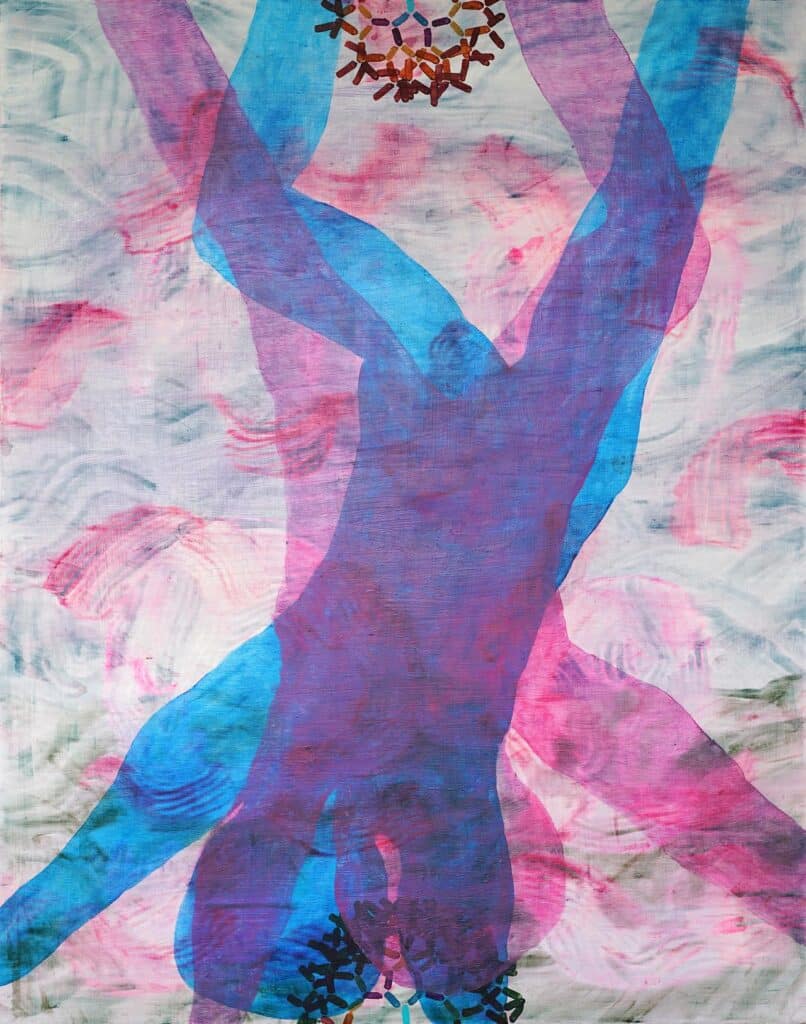This article introduces how NFTs can be used to record the provenance of an artwork.
An introduction to provenance
Generally, provenance is used in finance and in the art world. Here we explain provenance by the example of art.
If you want to buy a Picasso painting, you want to be assured that the work handed to you is a genuine Picasso. Provenance is what makes this as possible as it can be; it is a record like a series of documents that typically entails several things like who the artist that made the work is, and a list of previous owners. It can be the price history of the artwork.
The provenance record cannot prove 100% that the painting is genuine, but it can be used to build trust and confidence in the work. For this reason, the provenance record plays a central role in the handling of artworks around the world. Especially for the secondary art market, it is essential to prove that a work of art is genuine and not fake because the work is traded from one collector to the other, and the artist might not even be alive to approve that they made the work. Therefore a well-documented provenance record is vital in the valuation of an artwork.
One can compare the provenance of an artwork with the registry of land ownership. If someone buys a piece of land in the United Kingdom, the sale will be recorded in a public database called “the HM Land Registry”, and the new owner will, through this registry, be able to prove that they own the land. But contrary to the registry, there has up until now not been such a centrally controlled database of artworks in the art world. Thus auction houses, organisations, museums and private collectors have to make and maintain provenance registries for paintings themselves. Getty Provenance Databases, NEPIP and the metropolitan museum of art collection database, to name a few, are providing the public with online provenance databases.

Art forgers can falsify provenance information because of the lack of publicly available databases with provenance for art (see IFAR provenance guide p. 2). Thus, there are often cases on the secondary art market where a work that has been sold proves to be a fake.
Blockchain technology is already breaking new ground in making the provenance of art both more secure and convenient by making it possible to store the provenance of artworks in an NFT.
Why should you store the provenance of artworks in an NFT?
First of all, when you store information on the blockchain, it is there for good. That is because of the immutable nature of blockchain technology. Manipulating the record just isn’t possible. So here, you have a record of where information is stored securely. Also, when an NFT is sold, the new owner and the price it was sold for are automatically recorded, making it very simple and convenient to keep the record.
Let’s take an example of how this can be done. The artist Simone has finished a new painting. When the painting is finished, she takes a picture of the work. Also, she writes down information about the painting. That could be its title, size, when and where it was made, and information about her thoughts on the work and the materials used to make the painting. Simone then either chooses a blockchain and a minting platform or uses her own smart contract to mint all this information into an NFT. To do this, Simone stores the photograph of the painting on a server or IPFS and writes the information into the data that is stored in the blockchain. This is essentially what an NFT is. An amount of information and a link to a file, in this case, the digital image of the painting.
Simone can now choose to sell the digital image – made NFT as a digital work of art detached from the original painting. In this case, the record of provenance is an innate part of the digital work that is itself an NFT – or she can use the digital file as an NFT with the sole purpose of proving the provenance of the painting. In the case of provenance, Simone would send the NFT to the collector when the painting is sold. If the collector of the work ever wants to sell the artwork, they will need to send the NFT to the new owner, this transfer will be recorded on the blockchain, and also, if the work is sold on the blockchain, the price will be recorded as well. Over time this will create a record of ownership and price of the work and thus give insights into the life of the painting after it has left Simone’s studio.

As a significant advantage of the blockchain-based record, Simone will most likely be able to secure a resale right of 10% that will be paid to her automatically every time the painting changes hands since this rule can be written into the code of the smart-contract used to create the NFTs. This stands in sharp contrast to the art world, where resales of a piece of art can be difficult due to the lack of a central database that records the sales. Now imagine that your work as a painter was initially sold from you at a sales price of 500 XX and that – when taxes are also paid – is your income as the artist from your piece of work. But also imagine that 20 years later, this artwork changes hands at a sales price of 50.000 XX. As it often has been, the artist would never benefit from any further sale – partly because it is so hard to track when a piece of work gets sold on and also it is, in the same way, easy just not to send the original creator of the work a thought. Those who benefit are the collector and the salesperson only. Whether or not this is ethically fair is a whole other conversation, but think for a second of how it is usual nowadays to have the copyright to benefit music-makers and that filmmakers and actors benefit from their work being watched and reused. By glimpsing at the conversation, it could seem fair that blockchain brings about an obvious possibility for all artists to earn their rightful part of their work’s value.
Of course, the provenance of a physical artwork is no proof that the work is authentic. It is easy to imagine a scenario where a painting is wrongly dated or said to be made by an artist that it is not. To fix this issue, most of the projects that let you store the provenance of physical artworks on NFTs, including platforms such as Verisart and Artory, also generate physical provenance in the shape of certificates attached physically to the artwork. This can be stickers with QR codes or even diamond dust.
Provenance created using blockchain technology can be utilised in other industries than art. A dozen projects store the provenance of objects like real estate and consumer goods on the blockchain. In the future, all objects might even be tokenised in the shape of NFTs.
The NFT space is evolving rapidly, and problems regarding storing the provenance of physical artworks are still being worked upon. At The Tokenizer, we will follow this development closely and keep you updated.
Photo by Fakurian Design on Unsplash
Read other stories: Trabzonspor will celebrate the championship with the first NFT feast of its history
Time Raiders partners with Polygon Studios to bring gamers a gameplay-first play-and-earn adventure





